Home>Interior Design>What Is The Bottom Drawer Of An Oven For? Experts Explain
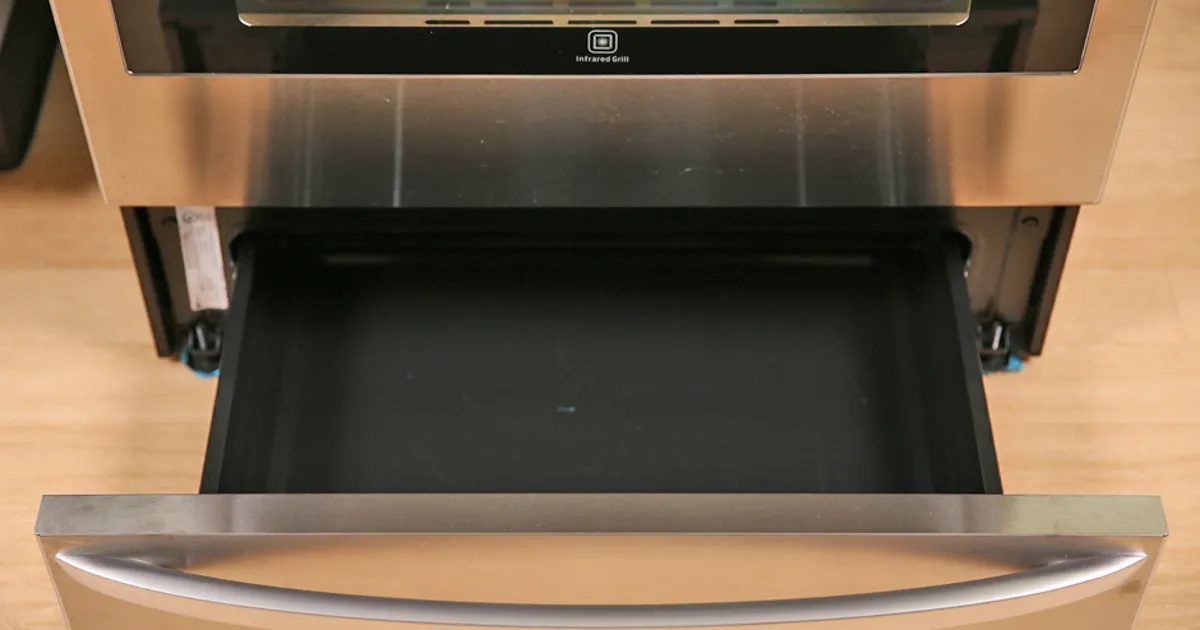

Interior Design
What Is The Bottom Drawer Of An Oven For? Experts Explain
Modified: January 19, 2024
Discover the purpose of the bottom drawer in your oven with insights from interior design experts. Learn how to optimize this space for functionality and style.
(Many of the links in this article redirect to a specific reviewed product. Your purchase of these products through affiliate links helps to generate commission for Storables.com, at no extra cost. Learn more)
**
Introduction
**
The bottom drawer of an oven is a feature that often puzzles homeowners. While many assume it's meant for storing pots, pans, or baking sheets, its actual purpose extends beyond mere storage. Understanding the history and modern uses of this compartment can shed light on its true functionality. In this article, we will delve into the bottom drawer of ovens, exploring its historical significance and the various ways it is utilized in modern kitchens. Additionally, we will seek insights from experts in the field to provide a comprehensive understanding of this enigmatic feature. Whether you're a culinary enthusiast, a homeowner, or simply curious about the inner workings of kitchen appliances, this exploration will unravel the mystery of the bottom drawer of an oven.
Key Takeaways:
- The bottom drawer of an oven has evolved from a warming compartment to a multifunctional space for storage, broiling, and advanced cooking technologies, enhancing kitchen efficiency and organization.
- Experts emphasize the importance of optimizing the bottom drawer for efficient workflow, seamless storage solutions, and technological advancements, highlighting its role in promoting organization, efficiency, and culinary innovation in modern kitchens.
Understanding the Bottom Drawer of an Oven
At first glance, the bottom drawer of an oven might seem like a convenient storage space for cookware and kitchen essentials. However, this compartment, also known as the warming or storage drawer, serves a distinct purpose that goes beyond mere storage. To comprehend its functionality, it’s essential to consider the historical evolution of kitchen appliances and the changing dynamics of culinary practices.
In the past, ovens were often designed with a bottom compartment that served as a warming oven. This space was utilized to keep cooked dishes warm while the remaining items were still cooking in the main oven. This allowed for efficient meal preparation, ensuring that all components of a meal could be served at the ideal temperature simultaneously. However, as kitchen designs and cooking habits evolved, the use of warming drawers became less common, and the bottom drawer found new roles in modern kitchens.
Today, the bottom drawer of an oven is multifunctional, catering to various needs in the culinary realm. While some ovens still feature a warming drawer, others are designed for storage or broiling purposes. Understanding the specific functionality of this compartment in your oven can greatly enhance your cooking experience and overall kitchen efficiency.
Historical Perspective
The evolution of the bottom drawer of ovens reflects the changing landscape of culinary practices and kitchen appliance design throughout history. In the early 20th century, ovens with dedicated warming drawers were commonplace in households and commercial kitchens. These warming drawers were essential for keeping cooked food at an optimal temperature until it was ready to be served, aligning with the emphasis on elaborate, multi-course meals and formal dining experiences.
As the mid-20th century ushered in advancements in kitchen technology and the concept of convenience cooking gained traction, the need for dedicated warming drawers diminished. Ovens began to prioritize efficiency and versatility, leading to the reimagining of the bottom drawer’s purpose. Some ovens integrated the warming function directly into the main oven cavity, while others repurposed the bottom drawer for storage or broiling, adapting to the evolving needs of modern households.
By the late 20th century and into the 21st century, the bottom drawer of ovens had diversified in its uses. While some models maintained the tradition of a warming drawer, others incorporated innovative features such as specialized storage compartments for cookware, baking trays, and oven accessories. Additionally, certain ovens utilized the bottom drawer for broiling, providing a convenient space for this cooking technique without occupying the main oven cavity.
The historical perspective of the bottom drawer of ovens underscores the dynamic nature of culinary trends and consumer preferences. From its origins as a dedicated warming space to its modern-day versatility, this component has adapted to meet the evolving needs of kitchens and cooking practices, reflecting the broader shifts in culinary culture over the decades.
The bottom drawer of an oven is typically used for storing pots, pans, and baking sheets. It can also be used to keep food warm while other dishes finish cooking.
Modern Uses
In contemporary kitchen design, the bottom drawer of an oven serves a range of practical functions, catering to the diverse needs of home cooks and culinary enthusiasts. While the traditional concept of a dedicated warming drawer persists in some models, the modern uses of this compartment extend beyond mere temperature maintenance.
One prevalent modern use of the bottom drawer is as a storage space for cookware, bakeware, and kitchen accessories. This feature enhances kitchen organization and efficiency, providing a convenient location to store essential items within close proximity to the oven. By utilizing the bottom drawer for storage, homeowners can optimize their kitchen space and streamline their cooking routines.
Furthermore, certain ovens integrate specialized features into the bottom drawer, such as adjustable racks and dividers, to accommodate various types of cookware and facilitate organized storage. This customization empowers users to configure the space according to their specific needs, ensuring that their kitchen tools are readily accessible and neatly arranged.
Another contemporary use of the bottom drawer is for broiling purposes. Some ovens are equipped with a broiler function in the bottom compartment, allowing for efficient and controlled broiling without occupying the main oven cavity. This feature is particularly advantageous when preparing dishes that require high-heat cooking from above, such as melting cheese or achieving a caramelized finish on meats and vegetables.
Additionally, in modern kitchen designs, the bottom drawer may incorporate advanced technologies such as temperature control settings, ensuring that it can function as a dedicated warming drawer when needed. This versatility enables cooks to keep prepared dishes warm while simultaneously utilizing the main oven for other culinary endeavors, promoting seamless meal preparation and serving.
Overall, the modern uses of the bottom drawer of ovens underscore its adaptability and utility in contemporary culinary spaces. Whether employed for storage, broiling, or warming functions, this component enhances the functionality of ovens and contributes to the efficiency and organization of kitchen environments.
Expert Opinions
To gain valuable insights into the bottom drawer of ovens and its significance in modern kitchen design, we turn to experts in the field of culinary arts, interior design, and appliance engineering. These professionals offer diverse perspectives on the practical uses and potential innovations associated with the bottom drawer, shedding light on its role in enhancing the overall cooking experience.
Renowned chef and culinary consultant, Chef Isabella Martinez, emphasizes the importance of optimizing kitchen spaces for efficient workflow. According to Chef Martinez, “The bottom drawer of an oven can be a game-changer in terms of kitchen organization. Whether it’s used for storing frequently used pots and pans or as a dedicated warming drawer for meal service, this compartment plays a crucial role in streamlining culinary routines.”
Interior designer and kitchen specialist, Emily Collins, highlights the aesthetic and functional considerations associated with the bottom drawer. Collins notes, “In kitchen design, the bottom drawer of an oven presents an opportunity to integrate seamless storage solutions. By customizing the drawer with adjustable dividers and incorporating it into the overall cabinetry design, homeowners can achieve a harmonious and efficient kitchen layout.”
From an engineering perspective, Mark Johnson, a senior appliance technician, underscores the technological advancements that have transformed the bottom drawer’s capabilities. Johnson explains, “Modern ovens are equipped with innovative features in the bottom drawer, such as precision temperature control and specialized broiling functions. These enhancements expand the utility of the drawer, offering users versatile options for culinary pursuits.”
These expert opinions collectively underscore the multifaceted nature of the bottom drawer of ovens, emphasizing its role in promoting organization, efficiency, and culinary innovation within contemporary kitchen environments. By integrating insights from culinary, design, and engineering professionals, homeowners and cooking enthusiasts can harness the full potential of this often-underestimated component in their culinary endeavors.
Conclusion
The bottom drawer of an oven, often overlooked or misunderstood, embodies a rich history of culinary traditions and kitchen appliance evolution. From its origins as a dedicated warming compartment to its modern-day versatility encompassing storage, broiling, and advanced technological features, this component continues to play a significant role in contemporary kitchen design and culinary practices.
As homeowners and culinary enthusiasts navigate the realm of kitchen appliances, understanding the multifunctional nature of the bottom drawer empowers them to optimize their cooking spaces and streamline their culinary routines. Whether utilized for storing essential cookware, facilitating precise broiling, or maintaining dishes at the ideal serving temperature, this compartment contributes to the efficiency and organization of modern kitchens.
Furthermore, the insights provided by experts in the culinary, design, and engineering fields underscore the diverse opportunities for leveraging the bottom drawer to enhance both the functionality and aesthetics of kitchen environments. By embracing innovative storage solutions, customizable configurations, and advanced technological capabilities, homeowners can harness the full potential of this often underestimated feature.
In conclusion, the bottom drawer of an oven represents a convergence of historical legacy and contemporary innovation, serving as a testament to the dynamic evolution of culinary culture and kitchen technology. By recognizing its multifaceted uses and embracing expert perspectives, individuals can unlock the full culinary potential of this enigmatic yet indispensable component, enriching their cooking experiences and elevating the efficiency of their kitchen spaces.
Frequently Asked Questions about What Is The Bottom Drawer Of An Oven For? Experts Explain
Was this page helpful?
At Storables.com, we guarantee accurate and reliable information. Our content, validated by Expert Board Contributors, is crafted following stringent Editorial Policies. We're committed to providing you with well-researched, expert-backed insights for all your informational needs.
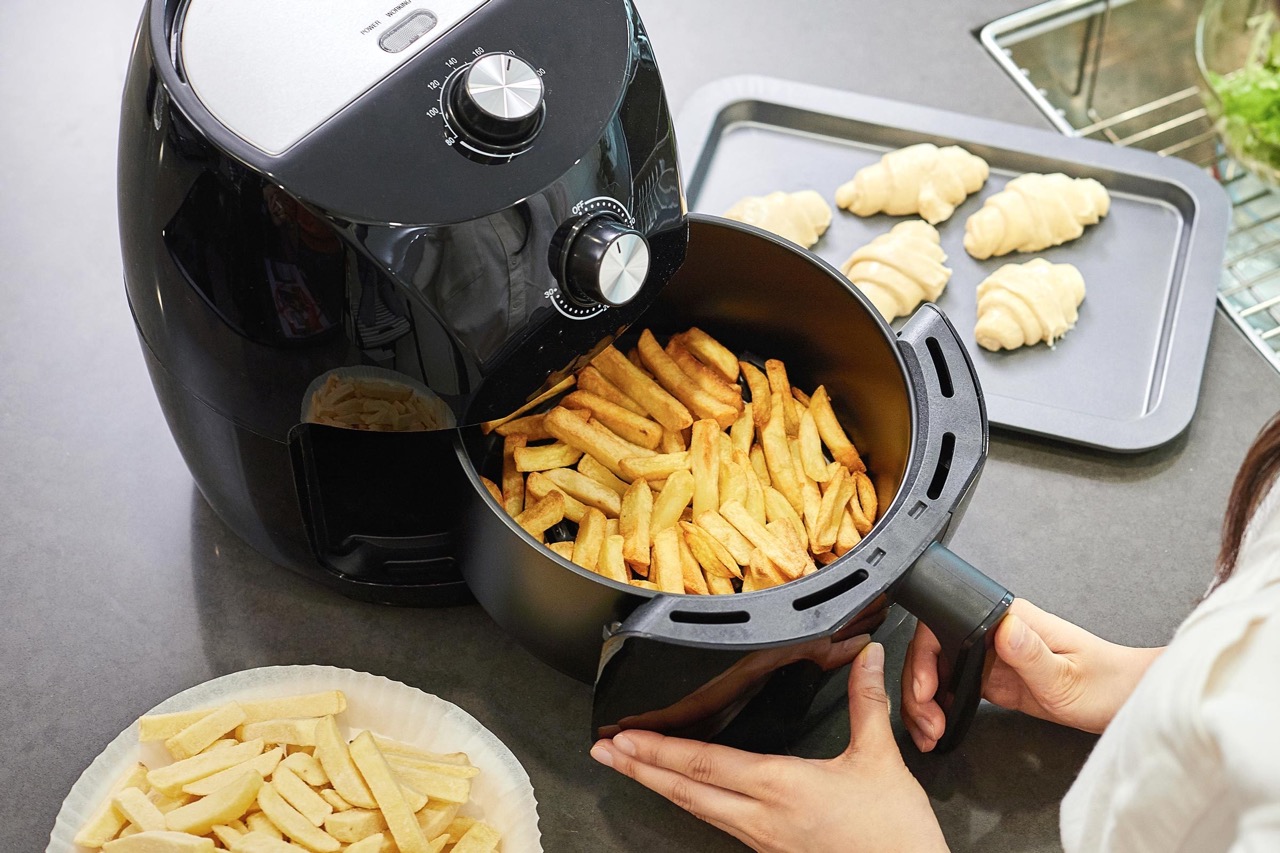
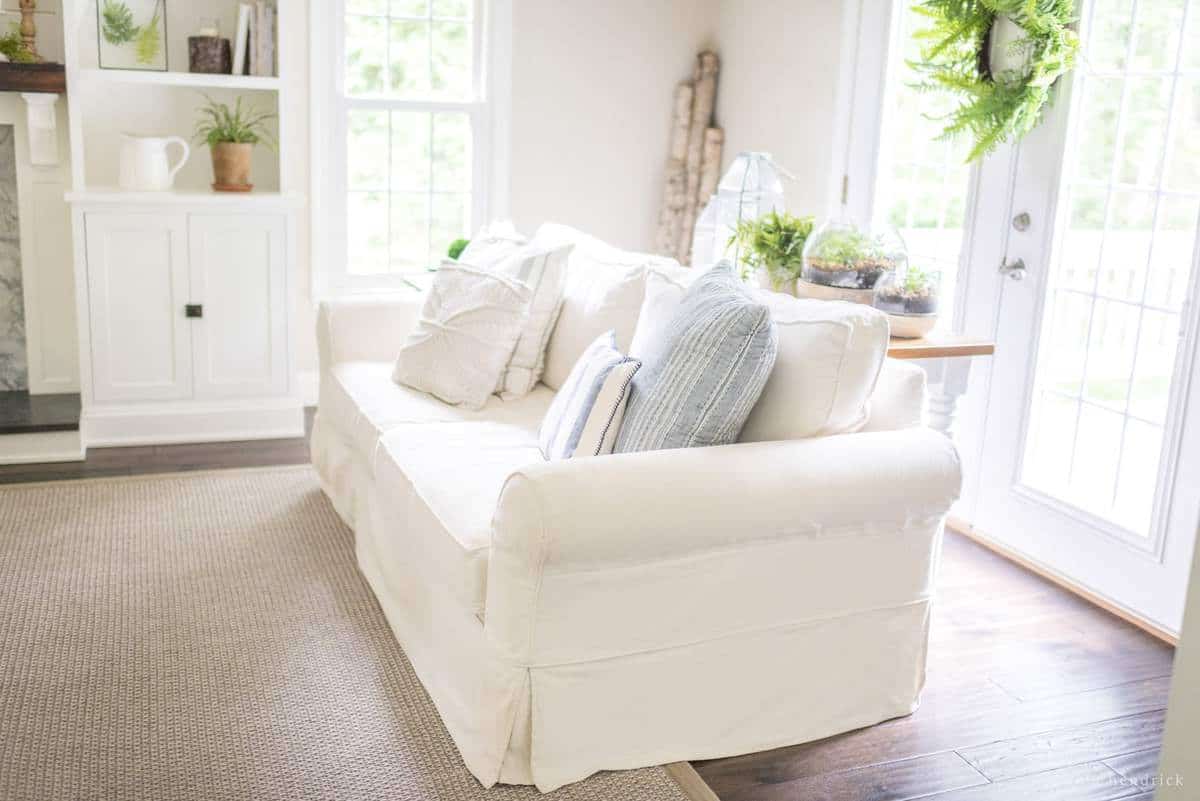
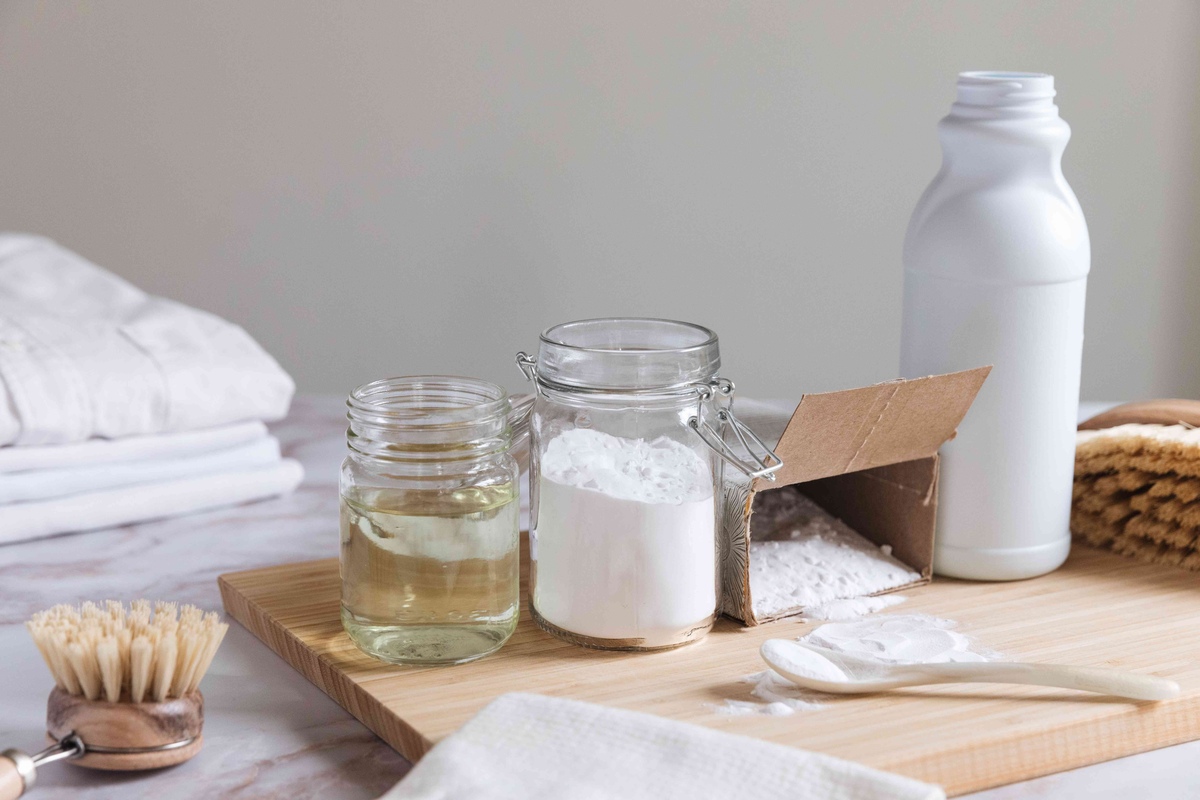
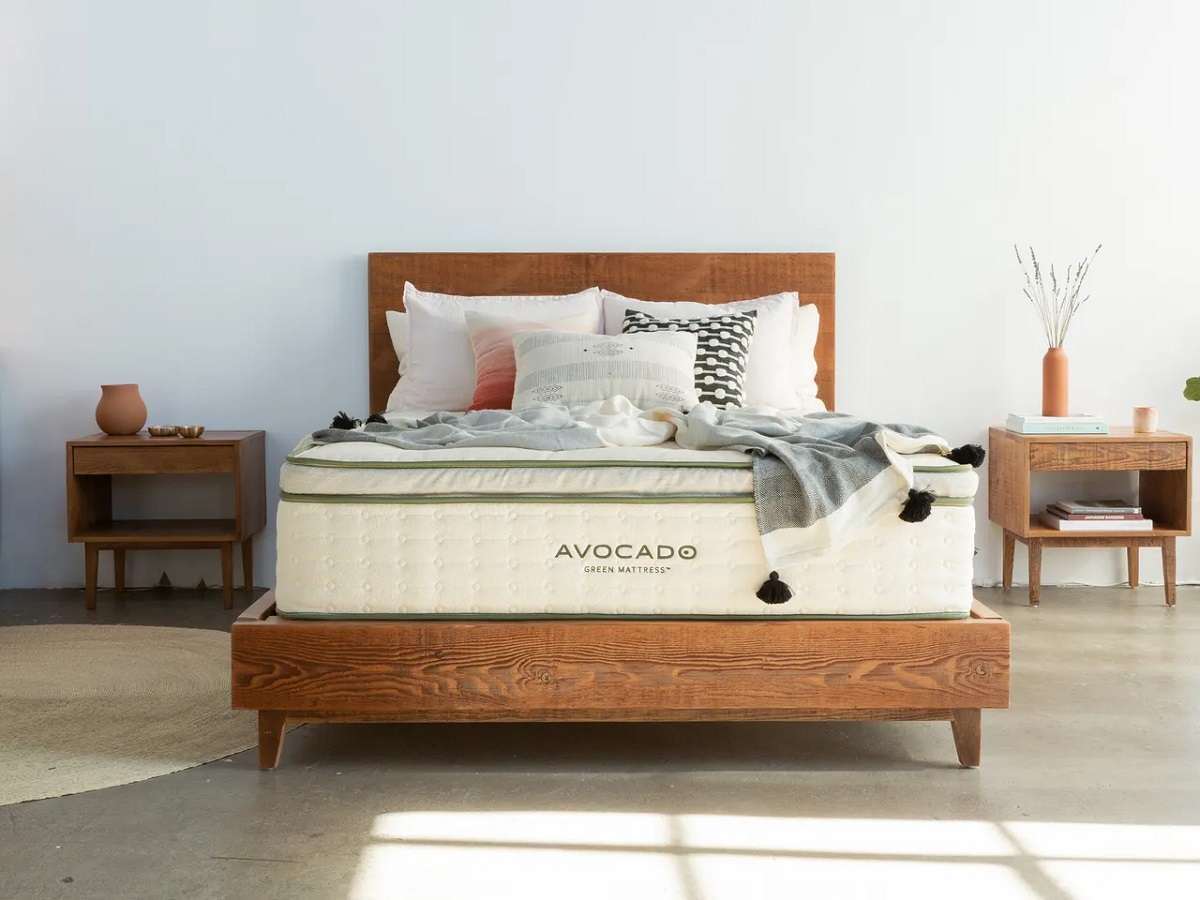
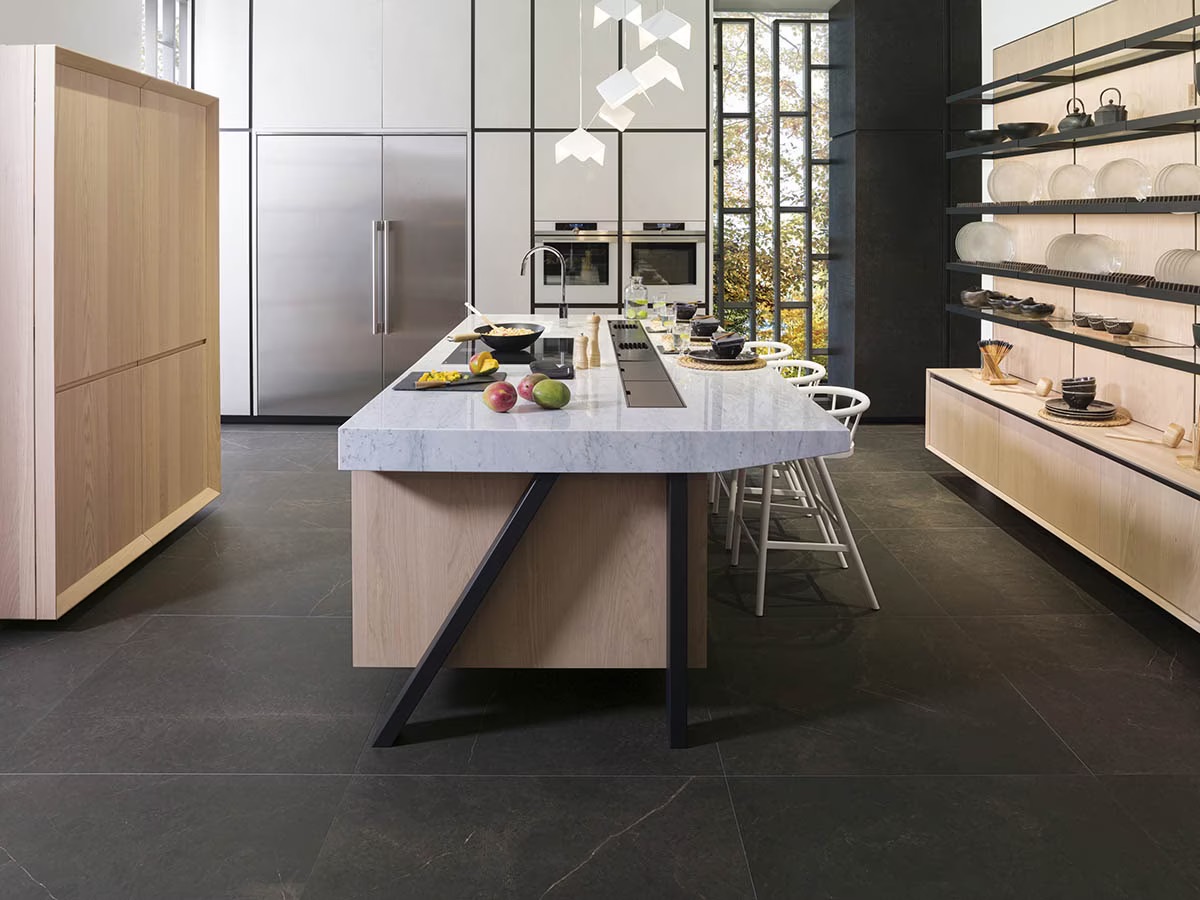
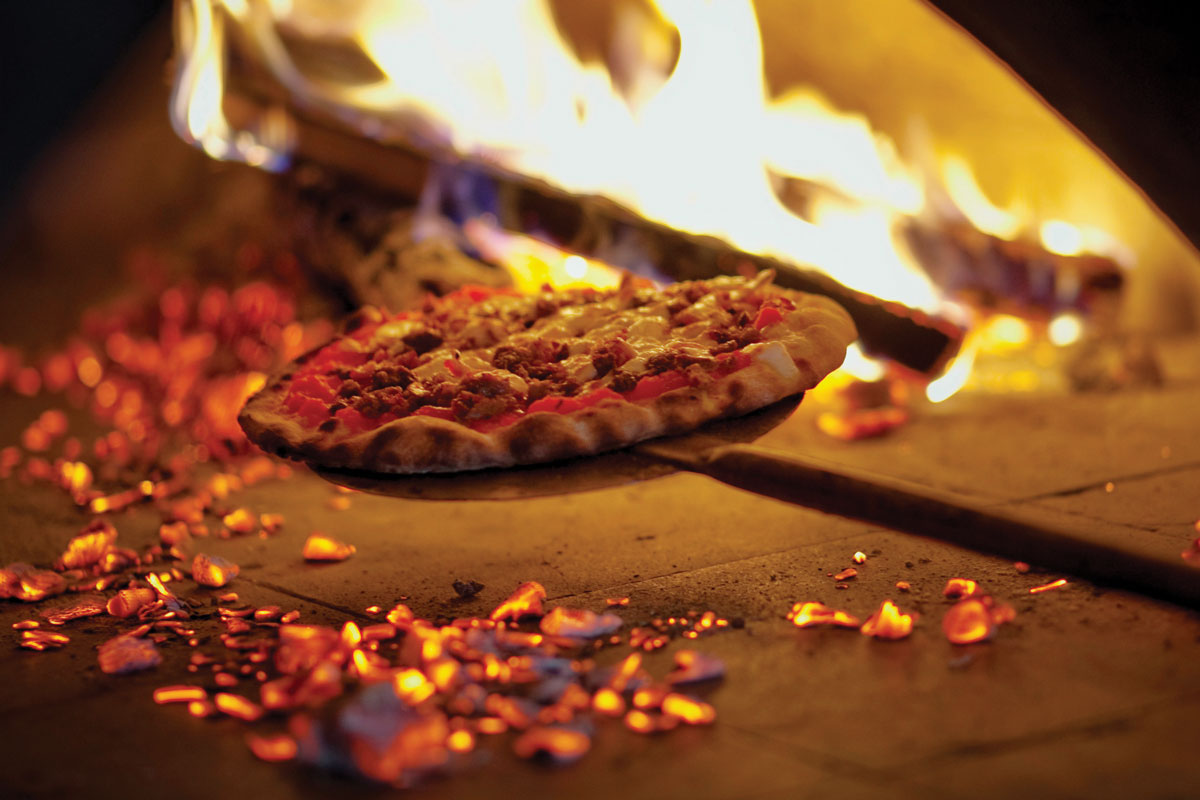
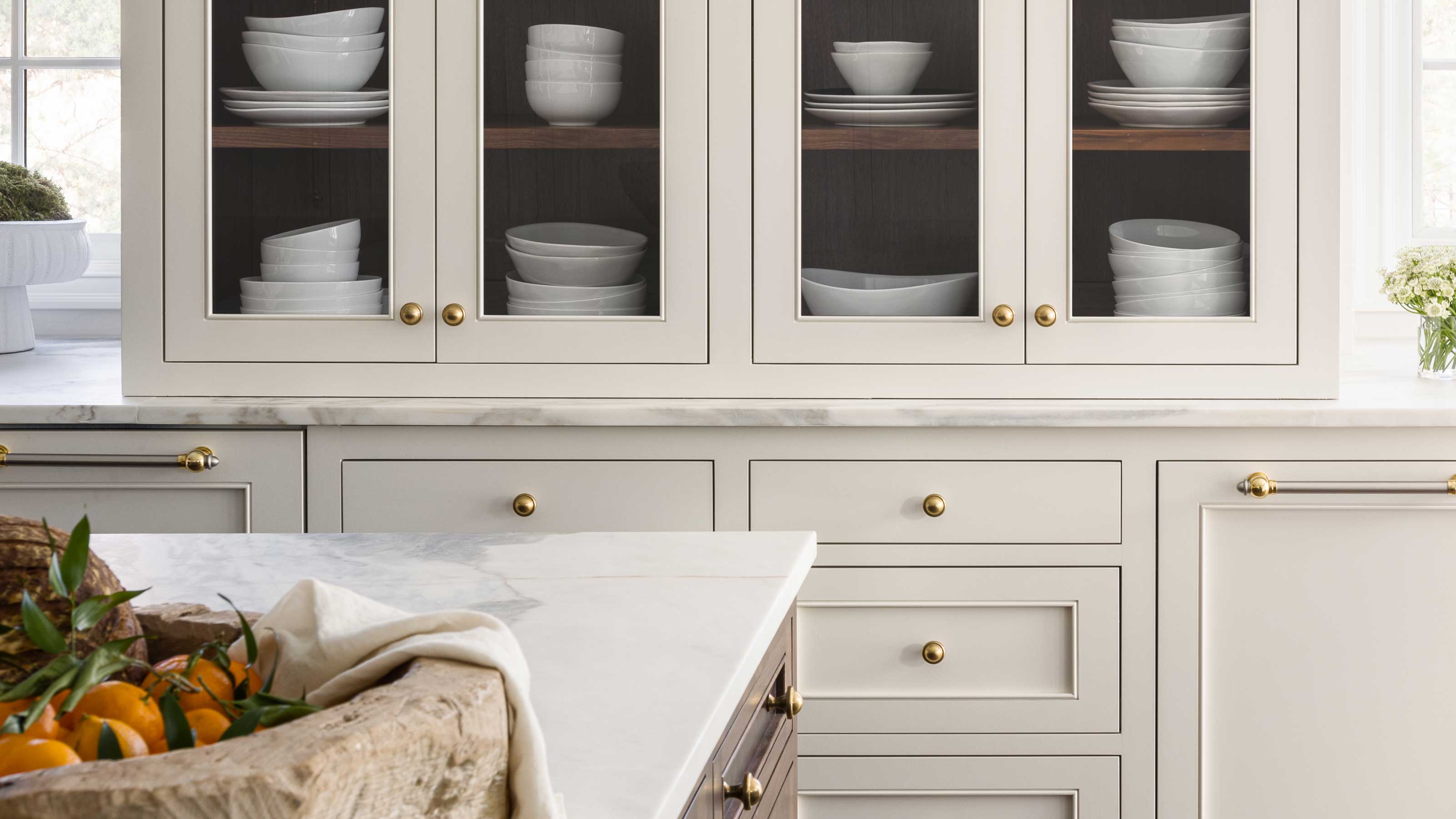
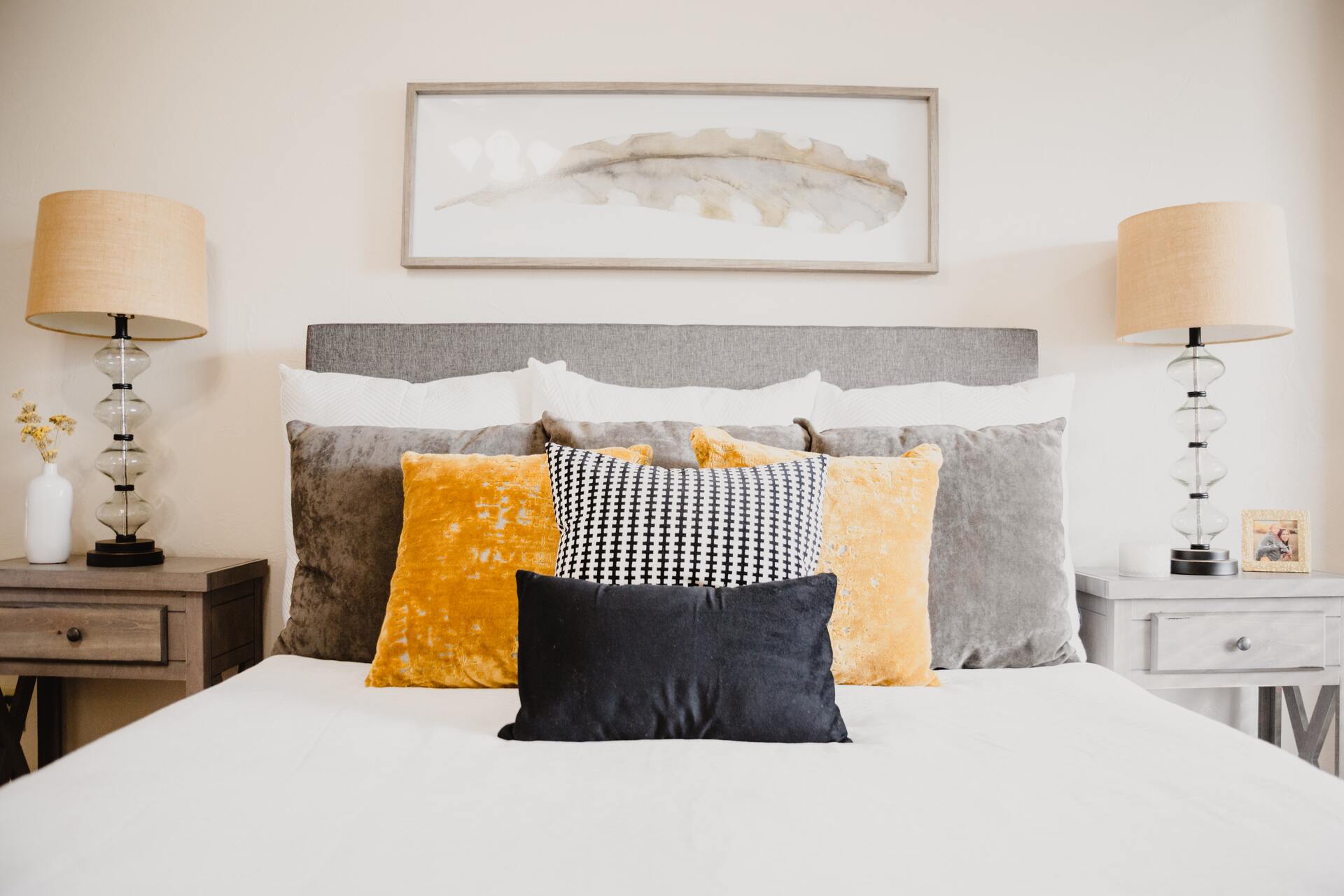
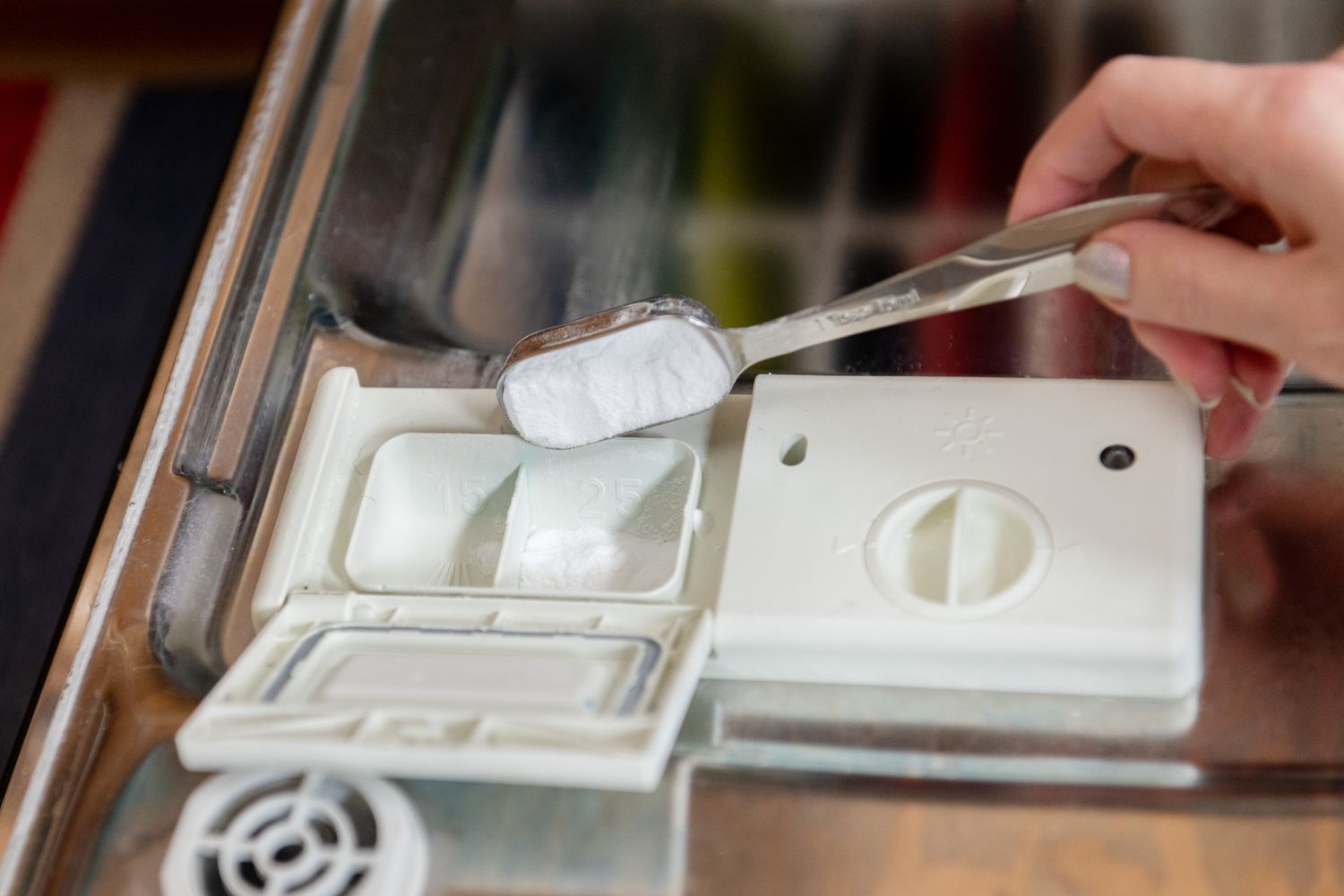

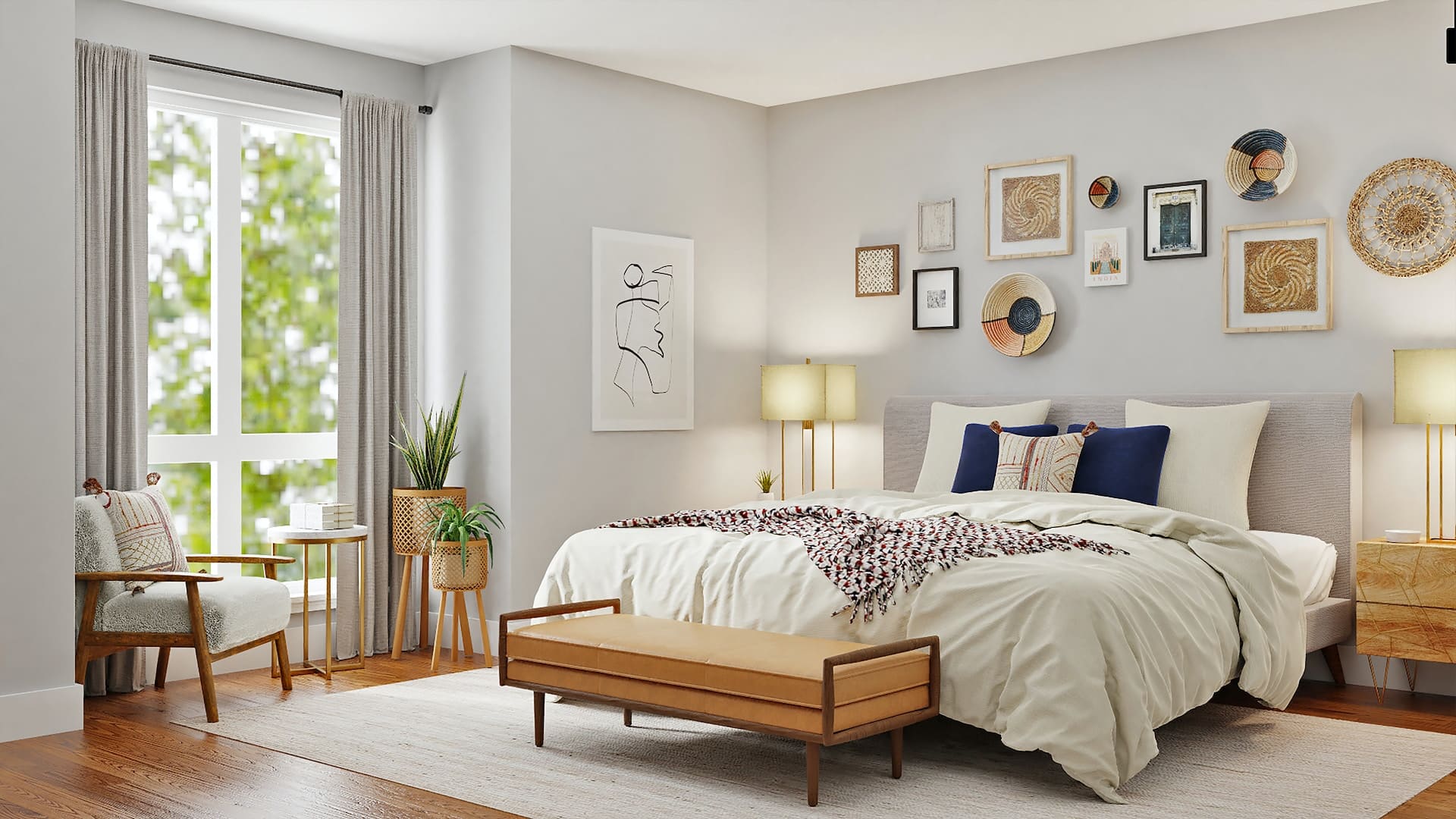
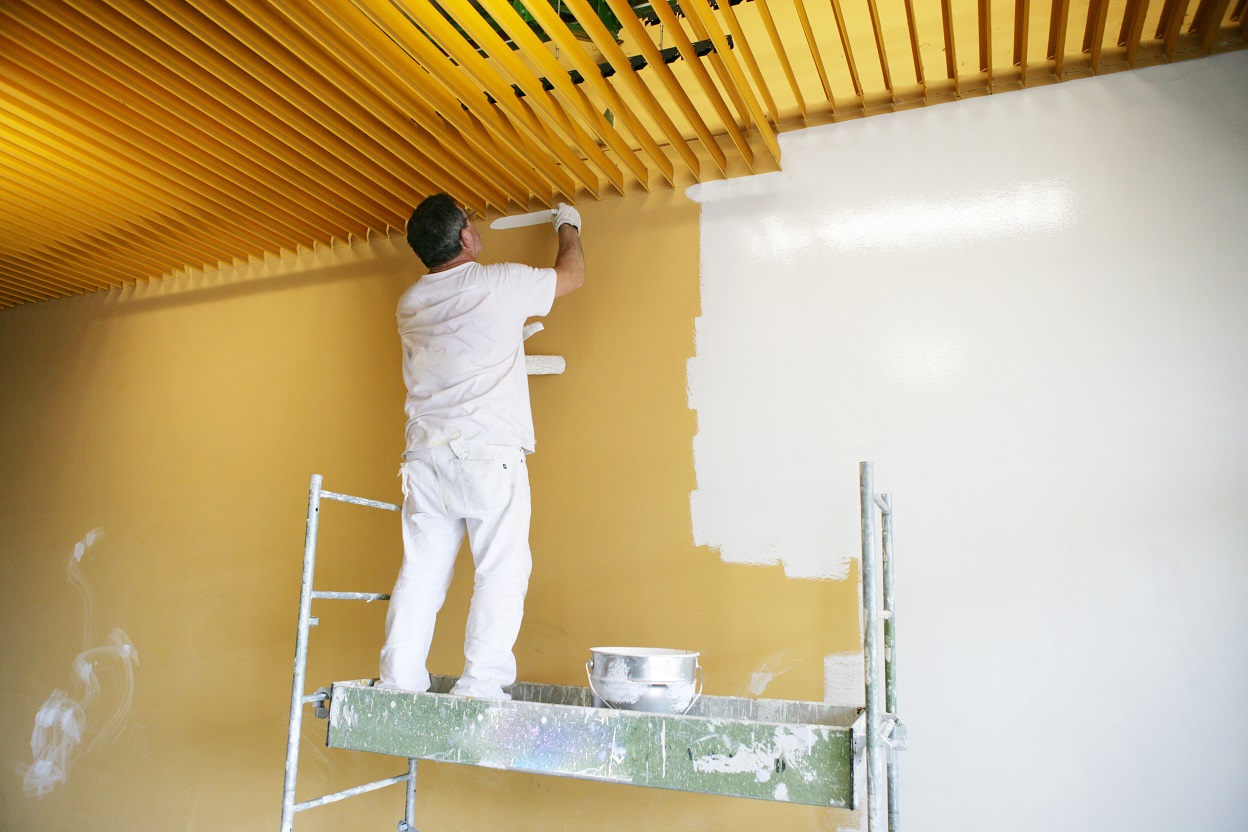
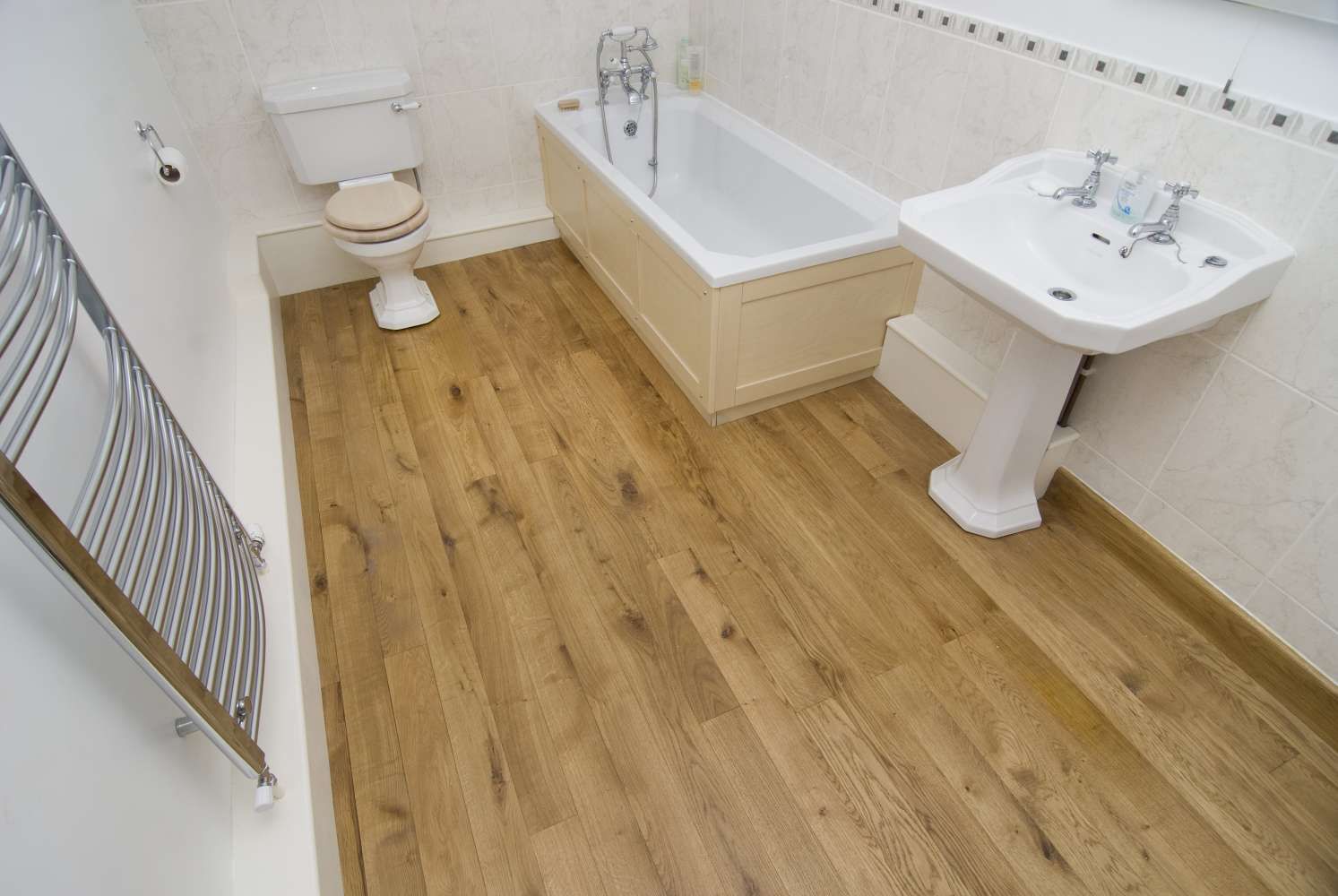


0 thoughts on “What Is The Bottom Drawer Of An Oven For? Experts Explain”